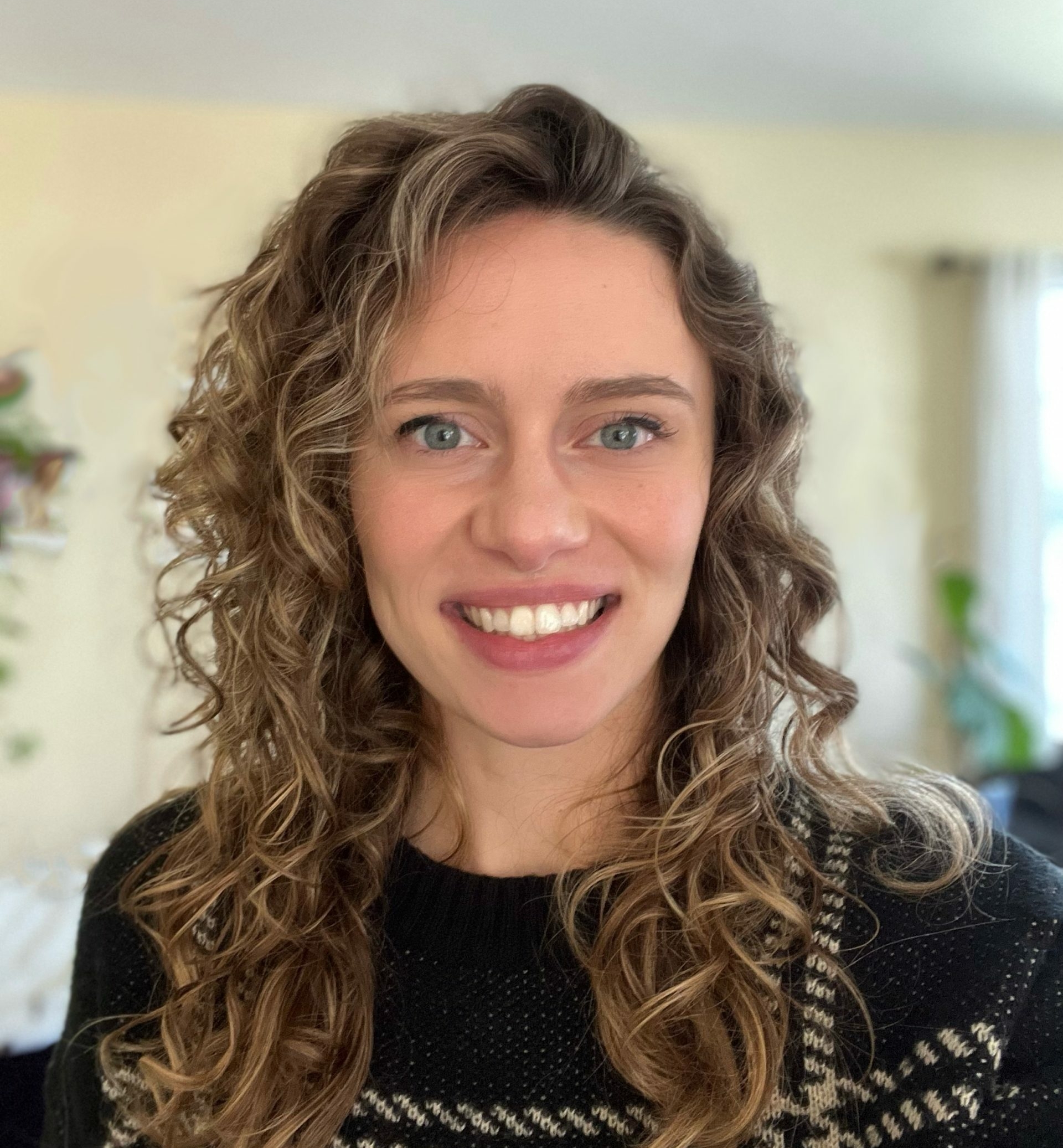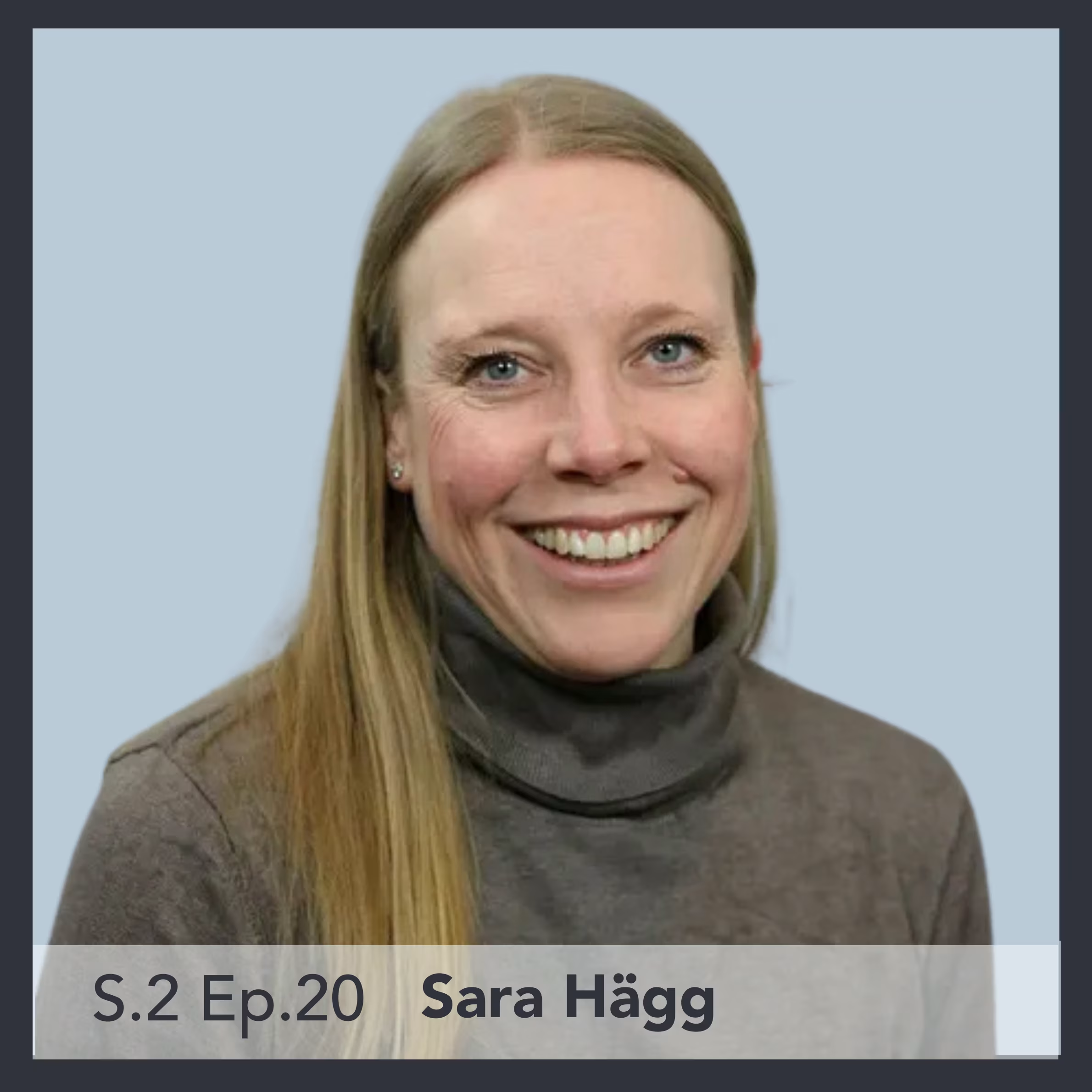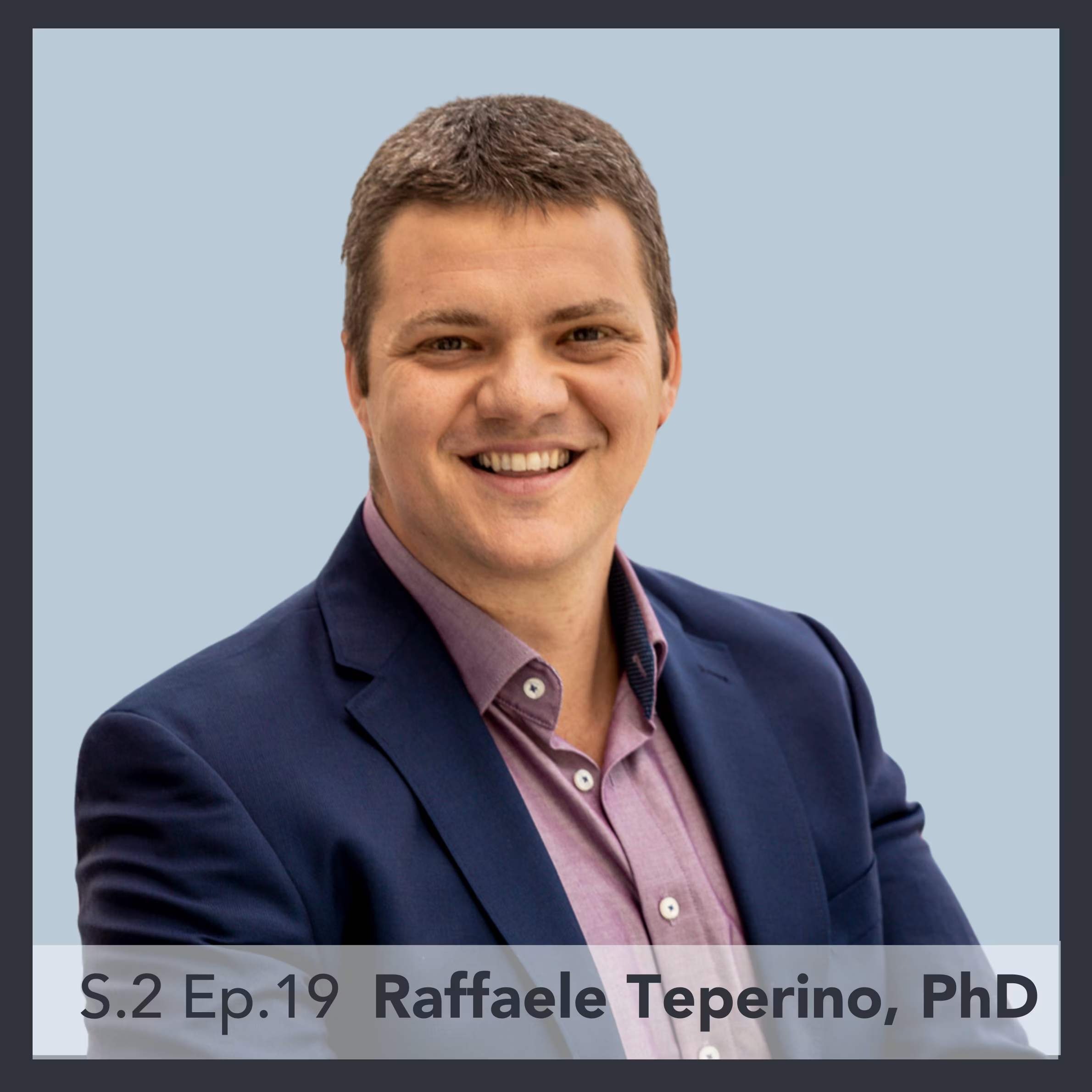As we age, physical fitness tends to decline. This decline can be attributed to various factors such as changes in body composition, reduced muscle mass and strength, decreased flexibility, and diminished cardiovascular endurance. Additionally, the body’s ability to recover from physical exertion also tends to slow down with age.
It has been well validated that the rate at which this decline occurs varies among individuals. However, those who maintain their physical fitness as they age experience a lower risk of various diseases and tend to enjoy longer lives.
At the molecular level, changes in fitness and related indicators of functional capacity coincide with molecular markers of decline, which are believed to reflect underlying biological aging processes. Therefore, measurements of fitness offer a novel perspective on biological aging.
Nevertheless, the measurement of fitness parameters presents challenges due to the need for in-person data collection by skilled experts utilizing specialized equipment. Moreover, remote data collection or studies involving stored biospecimens do not facilitate direct assessments of fitness.
To overcome this limitation and facilitate the evaluation of fitness in such scenarios, Kristen Mcgreevy has developed blood-based DNAm biomarkers that encompass various aspects of fitness, including mobility (gait speed), strength (grip strength), lung function (forced expiratory volume in one second), and cardiovascular fitness (VO2 max). These biomarkers form the basis of a groundbreaking indicator known as DNAmFitAge, which quantifies biological age based on fitness levels. This research also highlights the influence lifestyle has on the aging methylome.
In this week’s Everything Epigenetics podcast, Kristen and I chat about the importance of physical fitness as we age, how she developed blood DNAm biomarkers for four fitness parameters, and how she created DNAmFitAge. We also focus on FitAgeAcceleration in age-related conditions and DNAmFitAge relationship to physical activity and body builders.
Kristen is in the final year of her PhD, studying biostatistics at UCLA.
In this Everything Epigenetics episode, you’ll learn about:
– Kristen McGreevy’s interest in biostatistics and epigenetics
– Why Kristen made the decision to get her PhD
– The definition of strength training
– Why physical fitness is important for aging
– Which aspect of physical activity is the most important for longevity and health
– What prompted Kristen to create DNAm estimators of fitness parameters
– Gait speed (walking speed)
– Handgrip strength
– Forced expiratory volume in 1 second (FEV1; an index of lung function)
– Maximal oxygen uptake (VO2max; a measure of cardiorespiratory fitness
– Why Kristen chose gait speed, grip strength, FEV1, and VO2max for her predictor
– Other biomarkers Kristen considered for her study
– What makes these biomarkers different from other DNAm biomarkers
– How Kristen created DNAmFitAge
– The population used to create DNAmFitAge
– The application of DNAmFitAge
– How DNAmFitAge is related to athletes, physical activity, and age-related phenotypes
– What these biomarkers contribute to the field of aging and Epigenetics
– Epigenetic memory
– How we can trust that the DNAmFitAge is a biomarker of aging
– What these biomarkers don’t they tell us
– Kristen’s focus now and her future work




